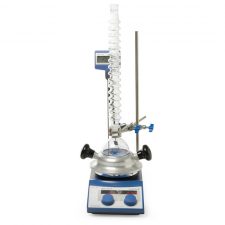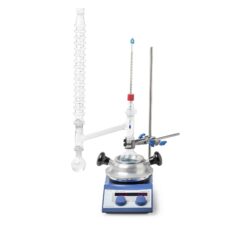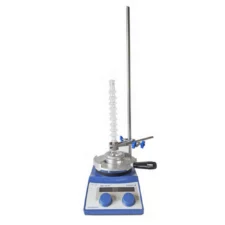California University Lab Moves to Reduce Water Usage
Asynt reports how the implementation of CondenSyn® waterless air condensers throughout the teaching labs at the Department of Chemistry at the College of the Sequoias (Visalia, CA) benefits the wider community whilst providing outstanding performance for their students.
Due to ongoing water shortages, California water officials recently had no alternative but to impose new drought rules throughout the state to discourage wasteful water practices. Whilst unaffected by the new regulations, scientists at the College of the Sequoias were prompted to test an alternative waterless condenser from Asynt, the CondenSyn. The CondenSyn proved to be the perfect alternative to traditional water condensers previously used for reflux reactions.
Teaching labs at the College of the Sequoias make changes
The colleges proactive investment in 22 CondenSyn waterless condensers has already drastically reduced water usage by the Department of Chemistry and eliminated the risk of lab flooding accidents that are a potentially costly drawback of using water condensers and something that can be difficult to avoid.
Andrea Smith, a chemistry lab technician at the College of the Sequoias, commented:
“Our area (the central valley of California) has been in drought-like conditions for quite a few years. Households and businesses are under severe water restrictions, having had to reduce water consumption yearly. While the college wasn’t under the same restrictions, it only made sense that we should also strive to reduce our water usage/waste. It was laboratory supply company – Quark Glass – who suggested that the Asynt CondenSyn waterless condensers offered us an elegant eco-friendly but effective alternative to water-cooled condensers.”
She added “We are currently using the CondenSyn waterless condensers for our teaching labs that require students to perform reflux reactions in water, methanol, or ethanol. This semester, we will use them in the preparation of methyl salicylate/oil of wintergreen (an esterification using salicylic acid and sulfuric acid refluxed in methanol), and the preparation of the analgesic benzocaine, another esterification using p-aminobenzoic acid and sulfuric acid in ethanol.”
Not only are the CondenSyn waterless condensers making the teaching labs more eco-friendly, but they are also saving money as the department’s rate of water consumption has been reduced dramatically. For example, with every single overnight reflux run, a lab can save almost 3,000L of water – times that by 20 students and it’s around a staggering 60,000L.
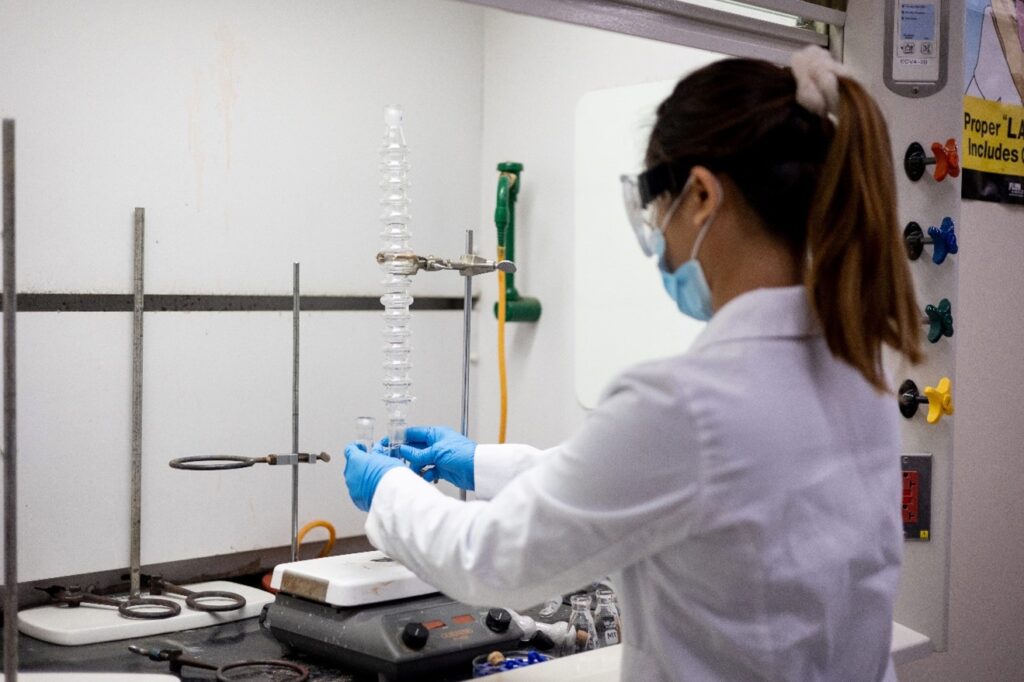 Margarette Teo, a student in the teaching labs at the College of the Sequoias (Visalia, CA) using the CondenSyn waterless condenser
Margarette Teo, a student in the teaching labs at the College of the Sequoias (Visalia, CA) using the CondenSyn waterless condenser
“Our students have found the CondenSyn units to be easy to use as there are no water connections to make, we can use them open to atmosphere, and the 19/22 ground glass joints are perfect for our round bottom flasks”.
For further information on CondenSyn® waterless condensers please visit www.asynt.com/products/benchtop-synthesis-tools/condensyn-air-condensers/, or in the USA contact Quark Glass on 800 955 0376 / [email protected]. For other countries, please see our full distributor network HERE.
The Department of Chemistry at the College of the Sequoias (https://www.cos.edu/en-us/academics/science/chemistry) educates students in both inorganic and organic chemistry. Graduates of College of the Sequoias Chemistry Department have successfully established themselves as leaders in the fields of health, education, industry, and government.
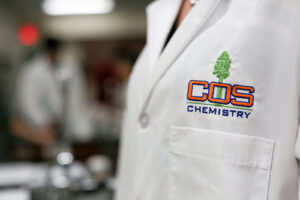 To download a copy of this press release in PDF format please click HERE.
To download a copy of this press release in PDF format please click HERE.
Un laboratoire de l’université de Californie s’équipe pour réduire sa consommation d’eau
Das Labor einer kalifornischen Universität will den Wasserverbrauch reduzieren
El laboratorio de la Universidad de California se mueve para reducir el uso del agua
